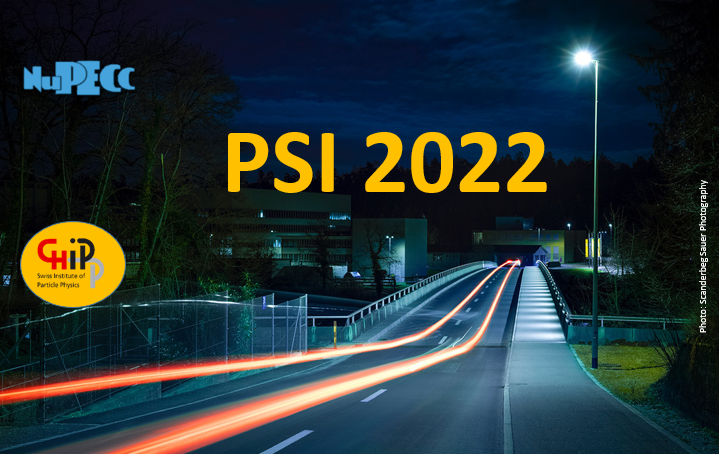Speaker
Description
A free neutron decays into a proton, an electron, and an antineutrino in a lifetime of about 880 s. The lifetime is an important parameter for particle physics and astrophysics. For example, the abundance ratio of light elements in the early universe in the Big Bang nucleosynthesis is determined using the neutron lifetime, and the lifetime also determines the Vud term of the Cabibbo-Kobayashi-Maskawa mixing matrix. Although the neutron lifetime is important in modern physics, there is a 9.5 s (4.6$\sigma$) discrepancy between the results of two typical measurement methods: the beam method and the storage method. The beam method measures the decay products and the neutron flux, and the storage method counts the number of neutrons remaining after some storage time. The discrepancy is called the neutron lifetime puzzle and it is not yet settled.
To solve the problem, a neutron lifetime experiment using a new method is in progress at J-PARC MLF BL05 (NOP). In our method, the neutron decays and the helium capture reactions which correspond to neutron flux are measured simultaneously by a Time Projection Chamber (TPC) filled with working gas and $\mathrm{^{3}He}$. To reduce the background events, the neutron beam is shaped into bunches of about 40 cm by Spin Flip Chopper (SFC) and injected into the TPC. The systematic uncertainties are different from the previous beam experiments since our experiment measures decay electrons and the flux by the same detector. We aim to measure the neutron lifetime with an accuracy of 1 s (0.1%) and this experiment published the first result with acquired data during 2014-2016 as 898 +/- 10 (stat.) +15/-18 (sys.) s. Towards an accuracy of 1 s, we have improved the measurement system and analysis methods.
To increase beam flux, new larger flipper coils and magnetic super mirrors have been introduced. The new SFC increases the flux by 3 times, and statistical accuracy of 1 s can be achieved within 180 days of measurements, whereas over 300-day data acquisition was needed in the previous optics. We have continued physical measurements until 2022 using the new neutron optics.
The dominant systematic uncertainty in the first result is due to the difference in the amount of gas-scattered background between the experimental and calculated values and corresponds to a systematical error of +2/-14 s. Since there could be gamma-ray background events that were not considered, we have performed measurements of low-energy gamma-ray induced by neutrons by irradiating the $\mathrm{^{6}LiF}$ plate with neutrons. To reduce the gas-induced background, measurements also have been performed with the TPC operating gas pressure of 50 kPa instead of the conventional 100 kPa, and all acquired data corresponds to a statistical accuracy of about 2 s.
In this presentation, we give an overview of the neutron lifetime measurements, details of the upgrades, and the latest results of the analysis.

